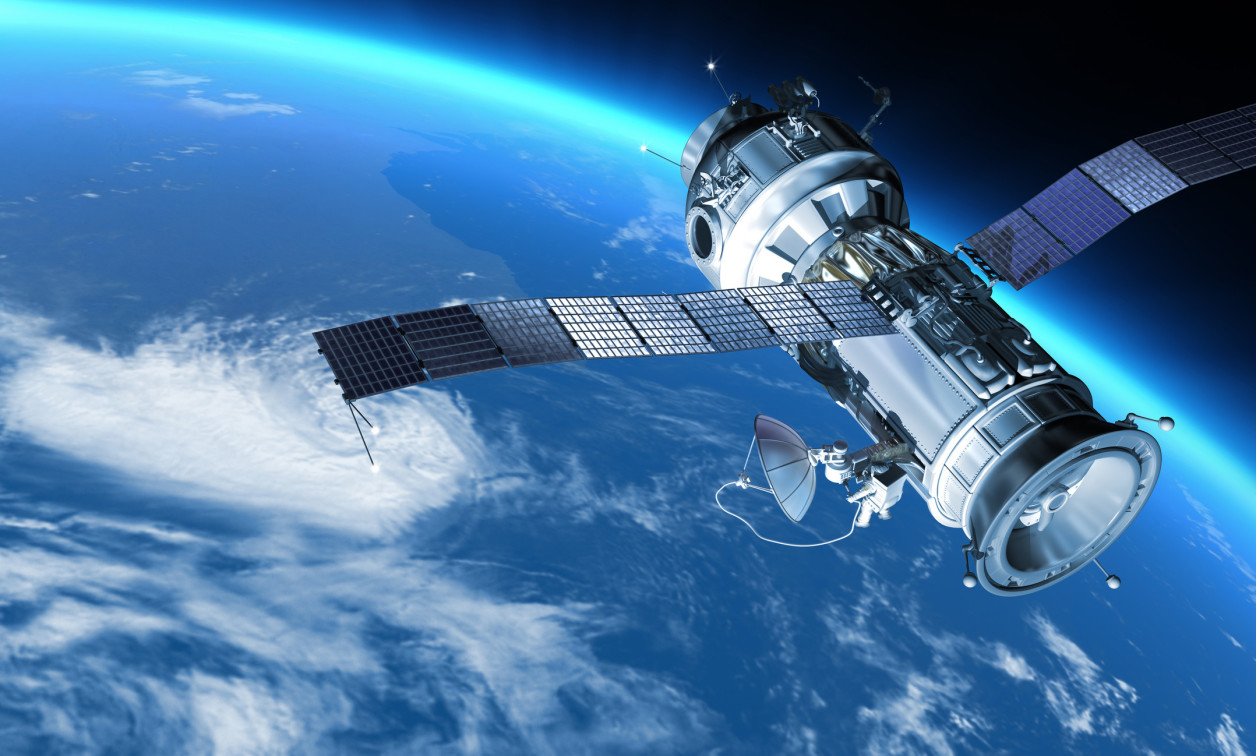About The Book By ‘Marilyn Kitson’
Have you ever wondered what it would be like to be an identical Twin growing up in the 1960’s and 70’s near a town named Peculiar, Missouri?
Read the amusing and delightful stories of The Kincade Twins who did all of this, but without modern electronic and satellite technology, air-conditioning, or even a Walmart!
Learn what it’s like to have ornery brothers, horses, AND cattle. How DID the siblings “make” peanut butter using only their swing set? Be amazed at the mishap with a hog and surprised the twins had a couple of encounters with remarkable and famous people.
Introduction
Satellite technology has revolutionized communication, navigation, weather forecasting, and scientific research since the launch of the first artificial satellite, Sputnik 1, by the Soviet Union in 1957. This article explores the evolution, types, applications, and future prospects of satellite technology, highlighting its profound impact on various aspects of modern life.
The Evolution of Satellite Technology
The journey of satellite technology began with Sputnik 1, which orbited Earth and transmitted radio pulses, marking the dawn of the space age. Following this milestone, advancements in satellite technology have been rapid and transformative:
- Communication Satellites: The launch of Telstar 1 in 1962 marked the beginning of communication satellites, enabling transatlantic television broadcasts and telephone communications. This paved the way for the development of geostationary satellites, which remain fixed relative to a point on Earth, providing continuous communication services.
- Navigation Satellites: The Global Positioning System (GPS), developed by the United States Department of Defense, revolutionized navigation. The first GPS satellite was launched in 1978, and the system became fully operational in 1995, offering precise location and timing information globally.
- Weather Satellites: The first weather satellite, TIROS-1, launched in 1960, provided valuable data for weather forecasting. Modern weather satellites like the GOES-R series offer high-resolution images and real-time data, enhancing our ability to predict and respond to weather events.
- Scientific Satellites: Satellites like the Hubble Space Telescope, launched in 1990, have expanded our understanding of the universe. These satellites conduct various scientific missions, from studying Earth’s atmosphere to exploring distant galaxies.
Types of Satellites
Satellites can be classified based on their functions and orbits:
- Communication Satellites: These satellites facilitate telephone, television, radio, and internet communications. They are often placed in geostationary orbits, about 35,786 kilometers above the equator, ensuring they stay in the same position relative to Earth.
- Navigation Satellites: GPS, GLONASS (Russia), Galileo (European Union), and BeiDou (China) are the primary navigation satellite systems. These satellites are in medium Earth orbit (MEO), around 20,200 kilometers above Earth.
- Weather Satellites: These include geostationary and polar-orbiting satellites. Geostationary satellites monitor weather patterns continuously, while polar-orbiting satellites provide detailed images and data by orbiting closer to Earth.
- Earth Observation Satellites: These satellites monitor Earth’s surface, atmosphere, and oceans for environmental and agricultural purposes. Landsat, Sentinel, and Terra are notable examples.
- Scientific Satellites: These satellites conduct research and gather data on various scientific phenomena. They include telescopes like Hubble and space observatories like the James Webb Space Telescope.
Applications of Satellite Technology
Satellite technology has a wide range of applications that impact our daily lives and drive technological advancements:
- Communication: Satellites provide global communication networks, enabling internet access, television broadcasting, and telephone services, especially in remote and underserved areas.
- Navigation: GPS and other navigation systems are integral to transportation, logistics, and personal navigation. They enhance the safety and efficiency of air, sea, and land travel.
- Weather Forecasting: Weather satellites provide crucial data for predicting weather patterns, monitoring climate change, and responding to natural disasters, helping to save lives and property.
- Earth Observation: Satellites monitor environmental changes, track deforestation, manage natural resources, and support disaster response efforts by providing real-time imagery and data.
- Scientific Research: Satellites enable groundbreaking research in astronomy, physics, and Earth sciences. They help us understand the universe, study climate change, and explore other planets.
Future Prospects of Satellite Technology
The future of satellite technology is promising, with ongoing advancements and emerging trends:
- Miniaturization: The development of CubeSats and small satellites has made space more accessible. These small, low-cost satellites are used for scientific research, Earth observation, and technology demonstration.
- Satellite Constellations: Companies like SpaceX and OneWeb are deploying large constellations of low Earth orbit (LEO) satellites to provide global high-speed internet coverage, bridging the digital divide.
- Advanced Imaging: Improvements in imaging technology enable higher resolution and more detailed Earth observation data, benefiting agriculture, urban planning, and environmental monitoring.
- Space Exploration: Satellites will continue to play a crucial role in space exploration missions, providing communication, navigation, and scientific research capabilities for missions to the Moon, Mars, and beyond.
- Quantum Communication: Research in quantum communication via satellites promises ultra-secure communication channels, potentially revolutionizing data security.
Conclusion
Satellite technology has come a long way since the launch of Sputnik 1, transforming communication, navigation, weather forecasting, and scientific research. As technology continues to advance, satellites will play an increasingly vital role in our interconnected world, driving innovation and enhancing our understanding of the universe. From providing global internet access to enabling space exploration, the possibilities are limitless, and the future of satellite technology is bound to be as exciting as its past.



